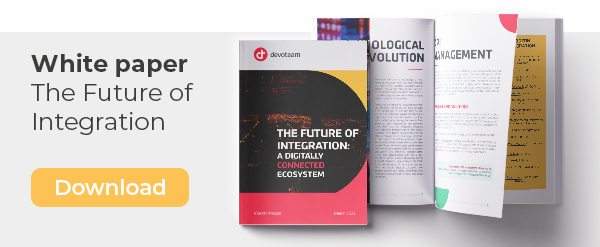Before even considering becoming a digital organization, some necessary changes are needed in the organizational structure. There are many structural variations that organizations can take on, but there are just a few main patterns relevant to be marked as a modern enterprise.
Stability
Modern organizations are more dynamic with multiple business strategies. Believing that traditional organizations are stable this might be true, and since their activities are planned upfront it does not allow for progress and change, meaning these strategies can become outdated
Flexibility
Unlike traditional organizations which are fixed, inflexible and planned, modern organizations are more flexible for change in every aspect of their work environment: from knowledge and skills, to approaches and workflows.
Risk management
Traditional organizations maintain specific policies and standards in order to mitigate any kind of risk. They are risk-averse, unlike modern enterprises which are risk-takers with well-defined calculations which assess risks from multiple dimensions. This is not only applied for a given issue at a certain point in time that has already occurred, instead, they look at the possibility of potential risk.
Technology
Traditional organizations are centralized and (too) careful to accept advanced methodology and technology. With this rapid pace in technological innovation, the chances to survive with ever-changing market demands are much harder, maybe even impossible. Going modern means switching to a contemporary mindset, focused on what is happening now. Companies that do not accept technological modernization and new ways of working will be anchored in the past.
To keep up with these dynamic market demands, organizations need to transform their business by introducing new products and services with digital signatures and augment their existing portfolio to fit in the digital ecosystem.
Typical differences

In this mini-series, we’ll discuss the technological revolution and the future of integration. In this blog, you read about the comparison of traditional and modern organizations. Click here for the next blog in this series, where we talk about the transformation to digitalization. Follow us on LinkedIn to keep in the loop.
Need help with setting up or optimizing your MuleSoft Anypoint platform? Our 75+ Certified MuleSoft experts have around 25 years of integration experience and can guide you in the most difficult challenges. Contact us to learn more.
Join our open & innovative culture
Open, accessible and ambitious are the keywords of our organizational culture. We encourage making mistakes, we strive to do better every day and love to have fun. Doing work you love with brilliant people is what it’s all about.
